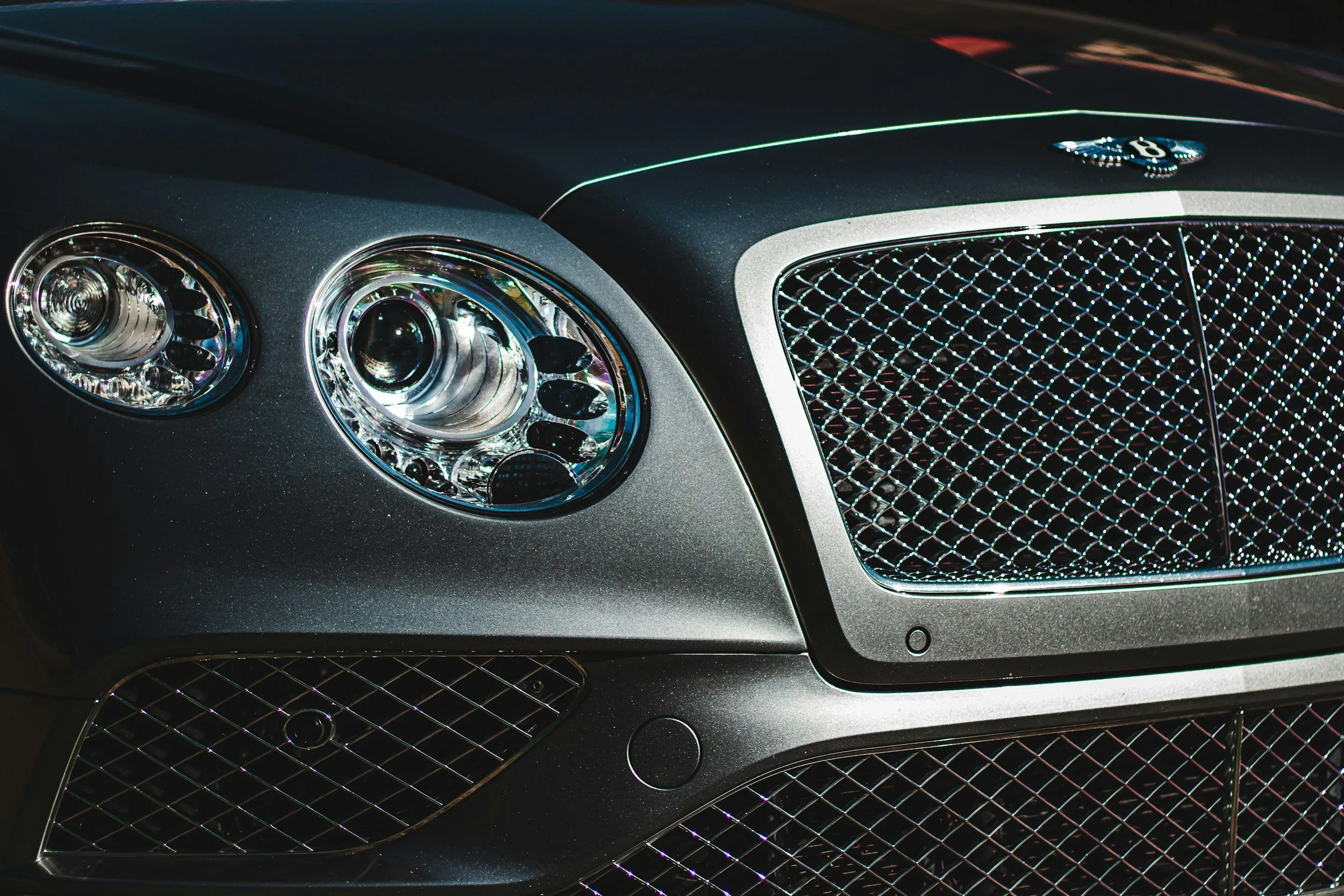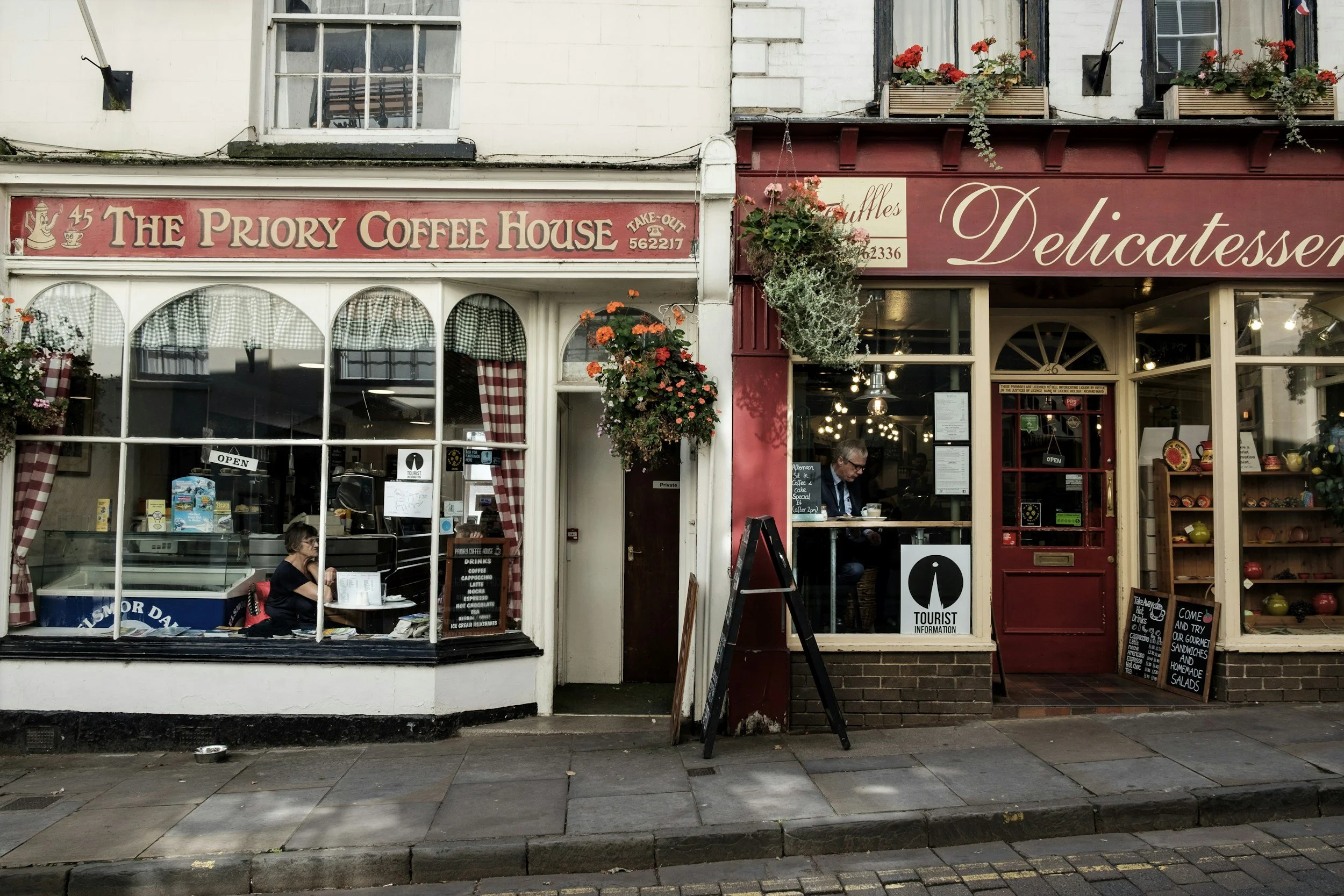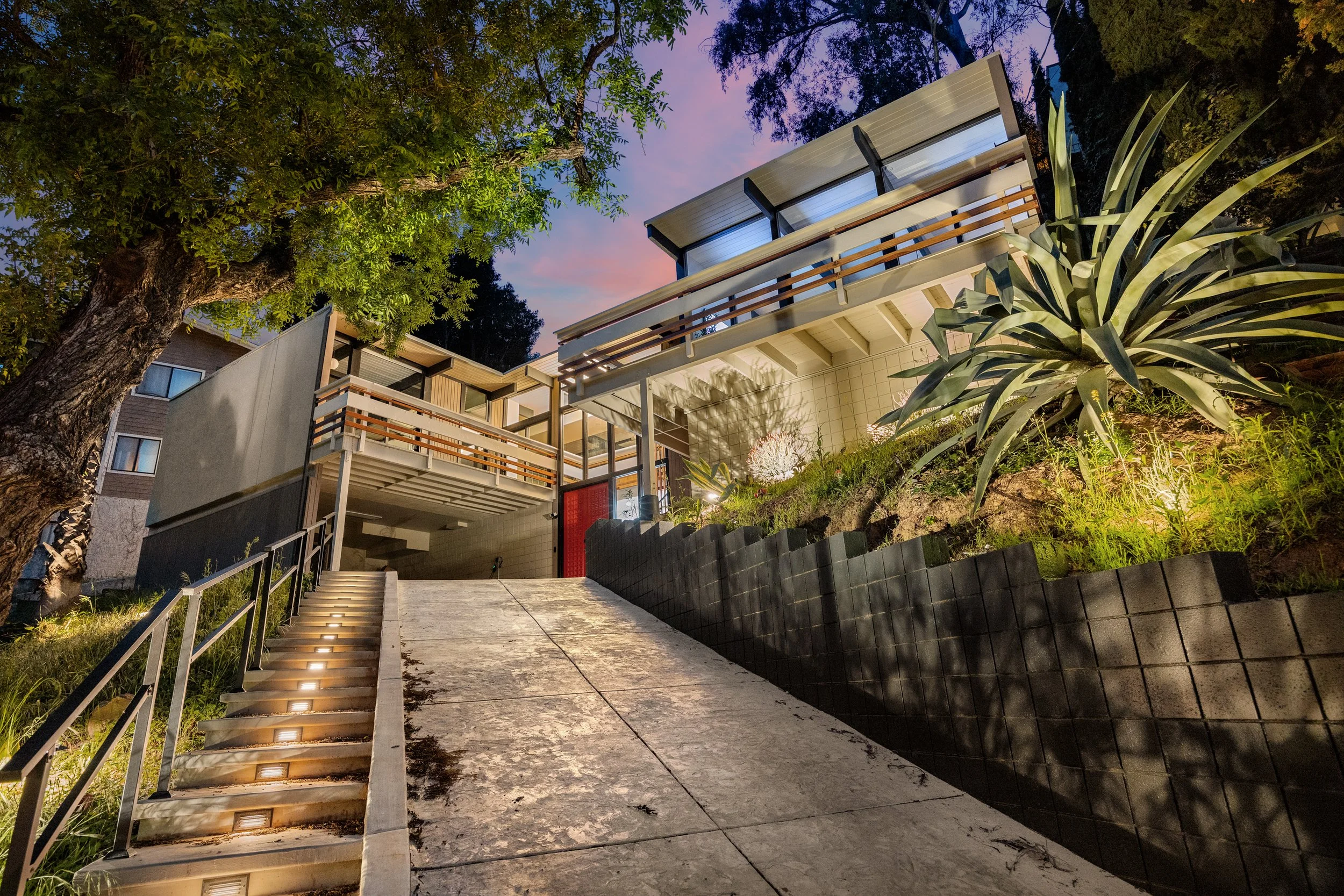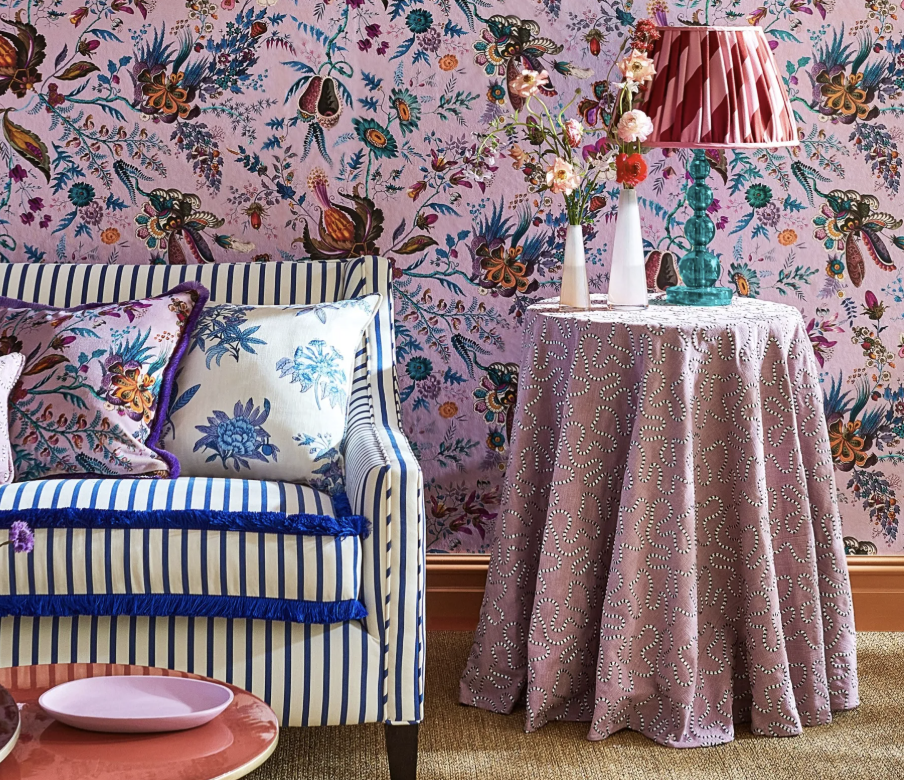December 2025 Market Insight: Vertical Construction Confirms Ultra-Luxury Benchmark
[UPDATE: December 9, 2025] Following the developer's confirmation that the $10 Billion One Beverly Hills project has officially entered its vertical construction phase, we have a stronger outlook on the market's trajectory. This milestone, achieved during a period of traditional year-end market softening, directly confirms the project's ultra-luxury positioning and scarcity. As an active Los Angeles architectural broker, my analysis is that the rapid progress and the confirmed addition of elite retailers (like Dolce & Gabbana) are not just amenities—they are a built-in liquidity guard for future investors. The estimated price floor of $20 million for two-bedrooms is now cemented as the starting point for this generational asset class, demanding serious buyers prepare for a significant price-per-square-foot premium that will easily breach $7,000 for the most desirable units. We are now moving from concept into tangible reality, and the market window for early inquiries is closing fast.
Aman, the renowned ultra-luxury resort brand, is making its grand entrance into California with a landmark development in Beverly Hills, marking its first venture in the state. The project, known as Aman Beverly Hills, will feature two high-rise residential towers that will redefine vertical living in a city traditionally dominated by single-family homes. Located within the expansive 17.5-acre One Beverly Hills development, Aman’s addition is poised to set new standards in luxury living.
What is Aman Beverly Hills?
Aman Beverly Hills will consist of a 78-unit hotel and two residential towers—one 28 stories tall and the other 31 stories—offering breathtaking views of the Los Angeles Country Club and the project's lush gardens. The residences will be part of a new wave of luxury high-rise living, expected to be "the No. 1 most luxurious project in all of Los Angeles." This combination of brand reputation, location, and lifestyle amenities is why early interest has surged even before formal release of full pricing.
The residences will come with membership to the exclusive Aman Club, which will provide residents access to world-class wellness amenities, fine dining, and more. This combination of top-tier services and architectural excellence positions Aman Beverly Hills as an exciting development for those seeking a lifestyle centered around luxury and exclusivity.
One Beverly Hills: A $2 Billion Vision
Aman Beverly Hills is part of the larger One Beverly Hills development, a mixed-use project backed by Cain International and OKO Group. With more than $2 billion in financing, this high-profile project will include a 10-acre botanical garden, as well as the iconic Beverly Hilton and Waldorf Astoria hotels. Designed by world-renowned architect Lord Norman Foster of Foster + Partners, One Beverly Hills is expected to be completed by late 2027, establishing itself as a premier destination for luxury living in Beverly Hills.
Vertical Living: A New Frontier for Los Angeles
Historically, Los Angeles has been known for its sprawling single-family homes, making the market for high-rise condos a relatively small segment. However, with growing demand for vertical living in the wake of the Palisades and Eaton Canyon fires, developers and real estate professionals are noticing a shift in local preferences. There is a growing demand for high-rise residences as more buyers seek a secure, low-maintenance lifestyle that condo living offers. For many buyers, vertical living also provides a sense of stability and predictability that single-family homes — particularly in hillside fire zones — simply can’t offer.
This shift marks a significant turning point for a city that has traditionally leaned toward single-family homes. The demand for luxury vertical living continues to rise, as many are embracing a more contemporary and streamlined lifestyle with the benefits of security, exclusive amenities, and easy access to the best the city has to offer.
Record-Breaking Prices and Market Mystique
Details about the pricing and square footage of the Aman Beverly Hills residences are still scarce, adding an air of mystery to the project. However, it has been confirmed that more than half of the first residential tower, which is currently being marketed with 69 available units, is already under contract. These residences are expected to command "record-breaking prices per square foot" for Los Angeles.
Real estate professionals are divided on what the final price-per-square-foot might be. Some estimate that ultra-luxury condos in Los Angeles typically range between $3,000 and $5,000 per square foot, (placing Aman at the very top of the LA condo market) while others suggest a slightly lower range of $2,300 to $2,400 per square foot. However, one thing is clear: buyers are not just paying for the square footage. As industry experts emphasize, "It’s an amenities and lifestyle play," underscoring the value of a comprehensive living experience.
Why Aman Beverly Hills Matters
Aman Beverly Hills is more than just a place to live; it’s about experiencing a lifestyle of luxury, privacy, and world-class services. Whether you’re drawn to its architectural design, its elite amenities, or its incredible location in one of the most prestigious areas of Los Angeles, this development will likely become the benchmark for future luxury residential projects in the city. It also reflects a broader shift toward branded residences, where the lifestyle and service experience are as valuable as the floor plan itself.
Q: When will Aman Beverly Hills be completed?
A: The broader One Beverly Hills development is projected for completion in 2027, with Aman’s residential components expected to deliver near that timeline.
Q: How much do Aman Beverly Hills residences cost in 2025?
A: Prices start around $8M for residences, with penthouses exceeding $20M. Actual pricing varies based on size, floor, and view.
Q: Where are Aman Beverly Hills residences located?
A: They are part of the Aman Hotel development near the Beverly Hilton, blending five-star hotel amenities with private ownership in the heart of Beverly Hills.
Q: What amenities do Aman Beverly Hills residences include?
A: Owners enjoy access to hotel services, world-class dining, wellness facilities, private pools, and exclusive resident-only spaces designed for ultra-luxury living.
I also break down how Aman compares to Pendry and Four Seasons Residences in this detailed side-by-side analysis. This helps buyers understand how Aman fits into the larger branded-residence landscape across Los Angeles.
Aman Beverly Hills represents one of the most significant branded residential offerings ever brought to Los Angeles. These residences merge global hospitality standards with world-class architecture and a level of lifestyle service rarely seen in vertical living. For buyers evaluating high-rise luxury options or considering the future of branded residences in LA, Aman signals a new benchmark.
If you want a full deep dive into the design, service, and investment potential of Aman Beverly Hills, I’ve created a complete guide on Coastline 840.
Interested in Aman Beverly Hills or other ultra-luxury opportunities? Contact Debbie Pisaro for private guidance.
For buyers exploring California’s broader luxury landscape, Disney’s Cotino development in Rancho Mirage and the rise of fractional ownership are quickly shaping how high-end Californians think about second-home living.























